10 Fun Facts About Painted Buntings
According to Native American History, a story revolves around painted buntings. These folks believed that when the Great Spirit was giving birds colors, they ran short of dye. That’s why the Americans gave the last one, painted bunting, a coat of many colors from dabs of whatever was left.
As a bird known for its animal spirits, it represents knowledge and intelligence with an emphasis on utilizing voice to sing. The bunting implies and also serves as a reminder to add vitality to one’s life. Even 90% of folks know the male-painted bird as North America’s most beautiful bird.
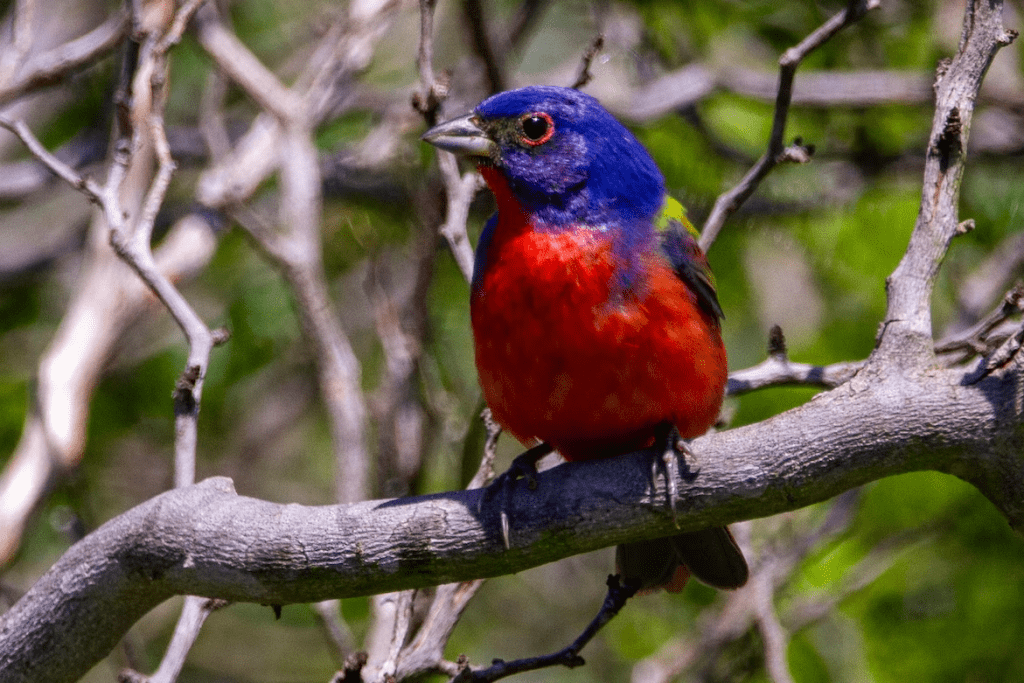
They are popular visitors to bird feeders belonging to the Cardinalidae family. To help you understand the benefits of this specie to human existence, we compiled some interesting facts. Apart from telling you some awesome facts about this wonderful creature, this article will give you an insight into how to attract them.
10 Facts About Painted Buntings
- Painted buntings are always easy to locate because of their binoculars and bright colors. Interestingly, they only represent the specie of cardinal that’s Native to North America.
- They weigh roughly 0.46 – 0.67 ounces (13-18 gm), and when they stretch out, painted bunting can double their body length
- According to the Bird Banding Laboratory, the painted bunting’s average lifespan is usually 126 months or 10.5 years. Although they might last longer without the threat of predators, fight with other members of their species, and habitat loss.
- How painted reproduce is quite interesting. Since their mating season is between April and August, the male one signals to the females. This process happens by puffing up their chests and spreading their feathers like a tiny, colorful peacock. And once the eggs are made, they’ll make a nest.
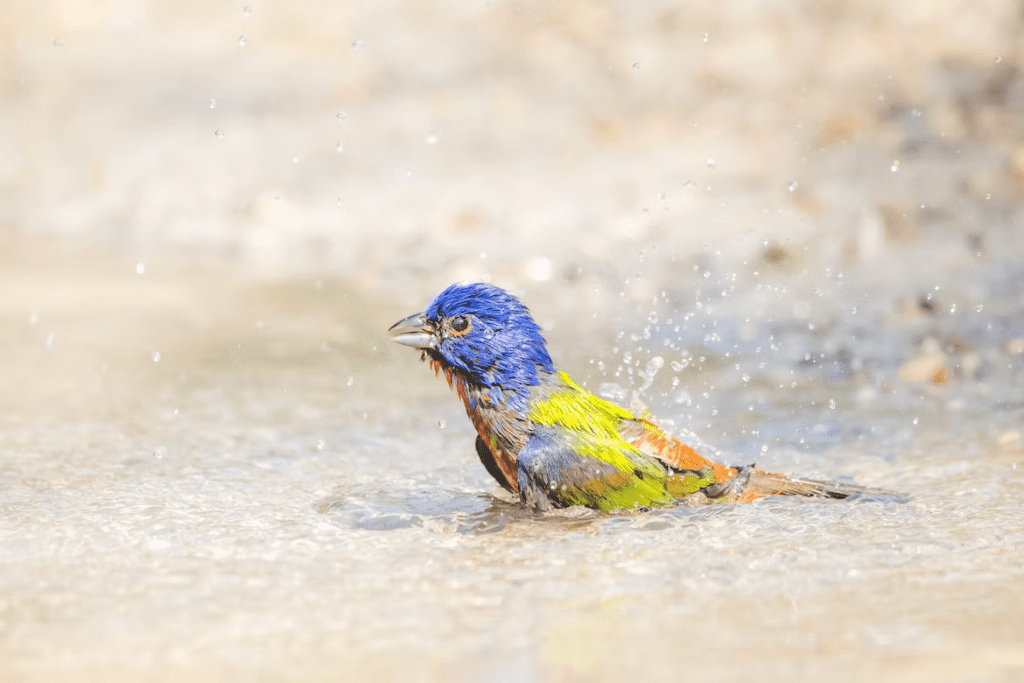
- Painted buntings communicate through high-pitched vocalization. Not only is that, but they communicate the songs that last for about 30 seconds to guide their territories. This usually happens during the breeding season.
- The Native Americans also call the male-painted colorful birds ‘nonpareil,’ meaning without equal, because of their colorful plumage. Aside from that, ‘siete colores,’ which means seven colors in Mexico is another name for this bird type.
- Painted buntings aren’t dangerous to humans, but their males are usually territorial and aggressive towards other birds. They also call to establish their territory to guide them against predators.
- Local materials such as animal hair, grass, and roots to form an open cup are used to construct their nest. Although they have different migration patterns, in late summer, the western population of painted bunting migrates to northwest areas of Mexico, where they moult into their winter feathers.
- “Murals” and a “palette” are the names of the painted bunting groups. Also, their specie name, ceris, comes from the Greek myth of Scylla, who was turned into the bird keiris.
- Painted bunting doesn’t mate for life but forms monogamous relationships during mating season. They also produce several broods of eggs with the same partner during this period.

Painted Bunting Food Preferences
Nearly all year, research made it known that painted bunting eats seed. However, for a brief span during breed season, they eat insects, including grasshoppers, snails, as well as various bugs and spiders. On the flip side, you can attract the painting birds with white proso millet in most songbird mixes.
Bird Feeders for Painted Buntings
Tube feeder is the best one for painted buntings, use tube feeder with a cage outside can help protect them from the big birds. Shop Tube Feeders.
Summary
Painted buntings are seed eaters, and attracting them to your feeders requires patience. Apart from telling you some interesting facts about these birds, they have their own downsides. Predators like snakes, and hawks, can easily put them on target since animals love to eat their eggs. Follow Kingsyard on IG for more beautiful bird-feeding photos. Besides, the facts about blue jays are also very stunning. Take a look!
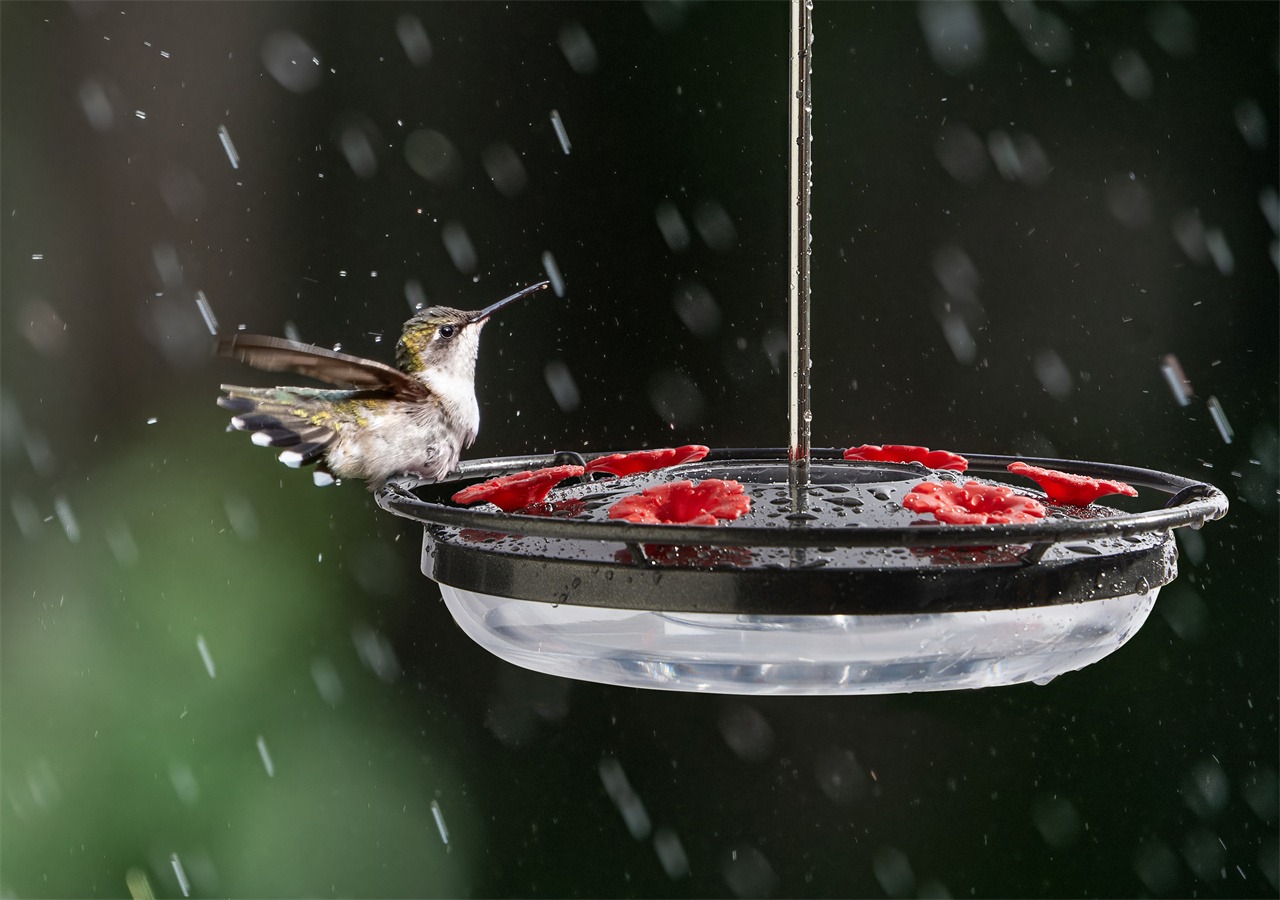
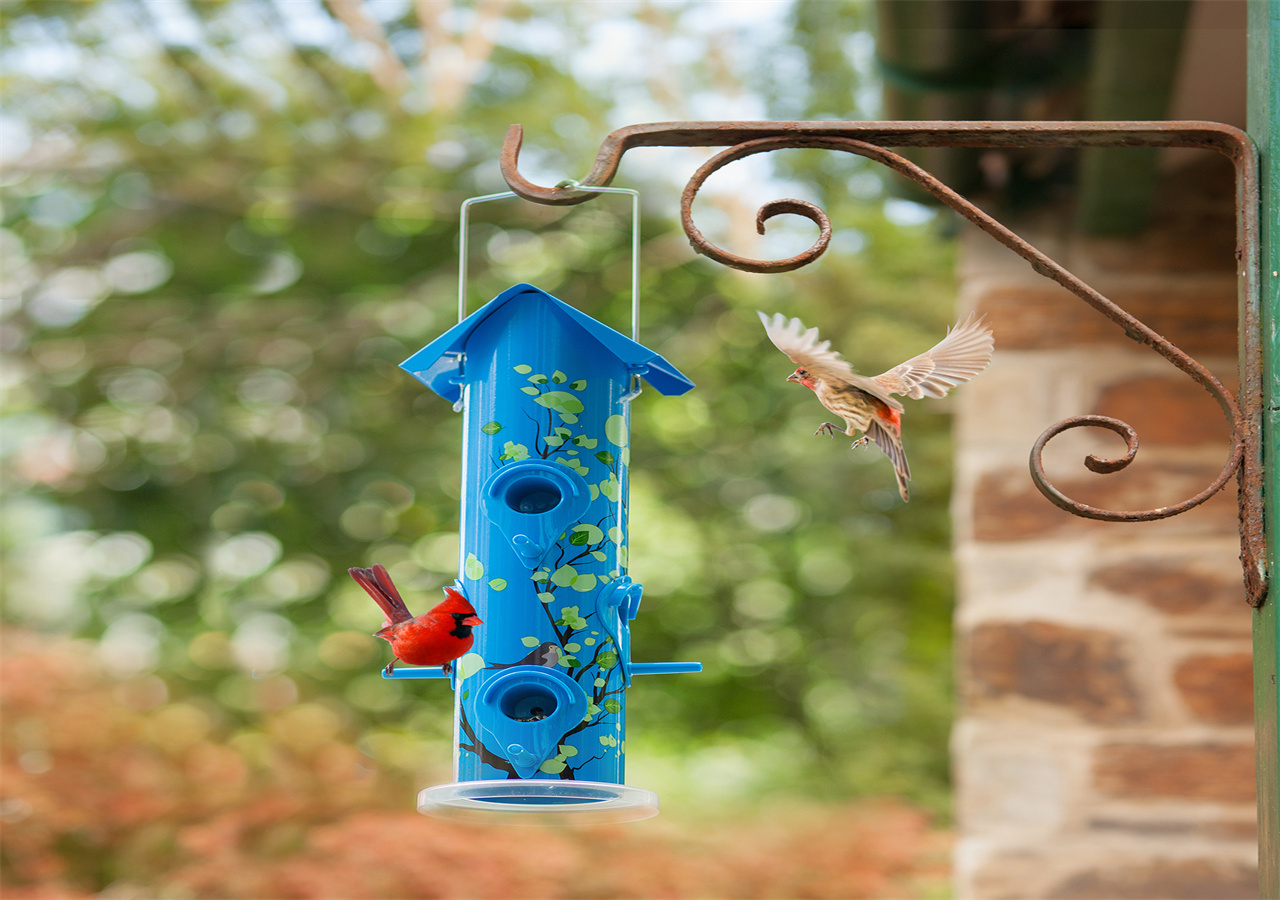
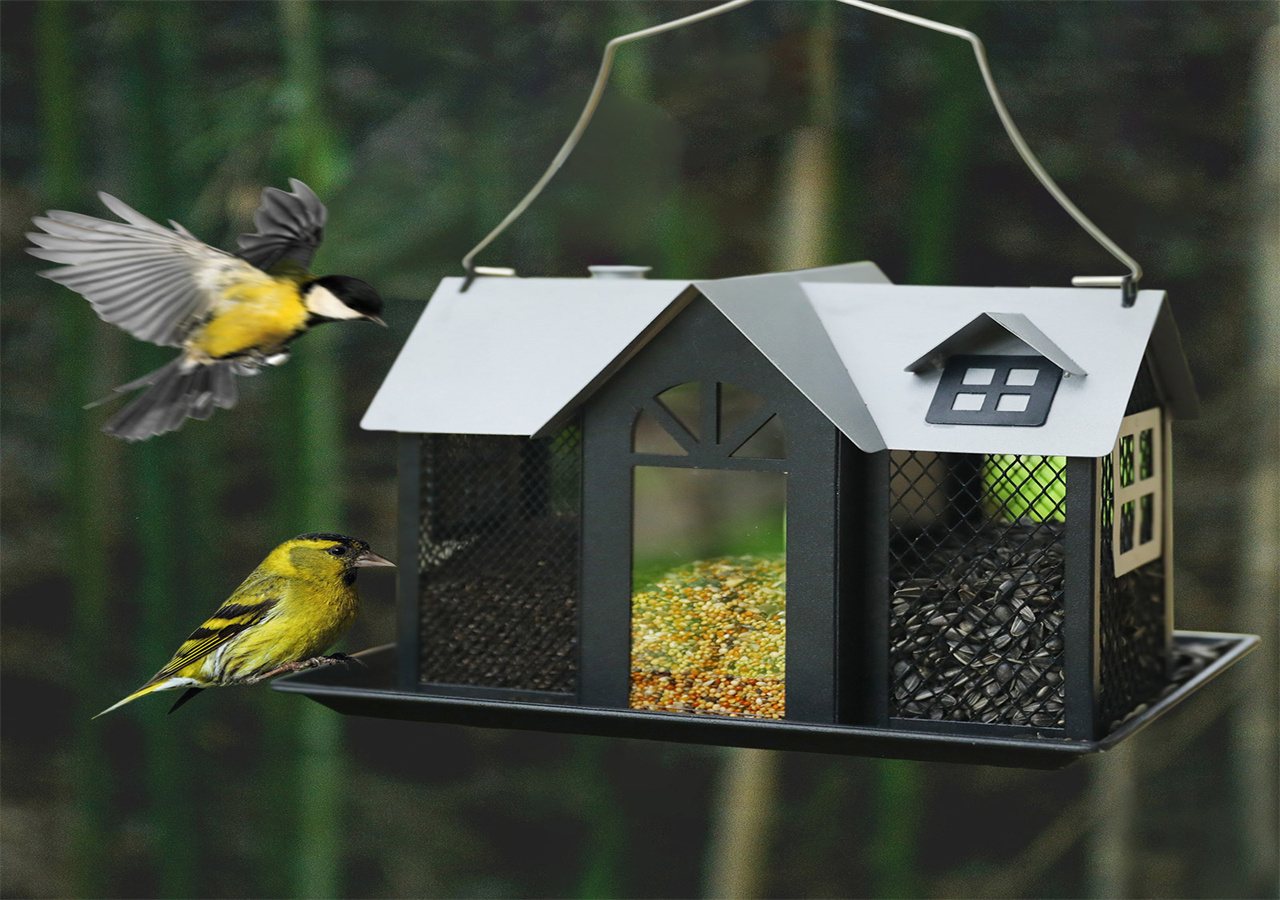
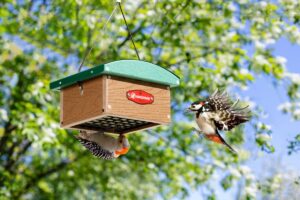
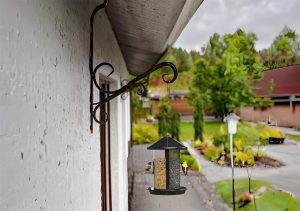
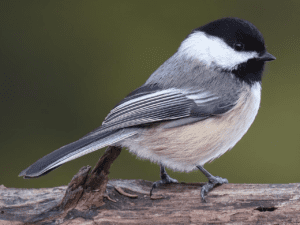
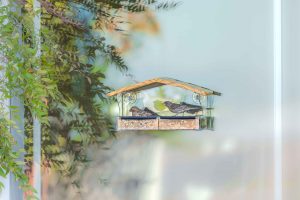
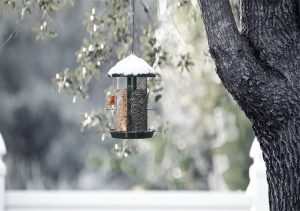
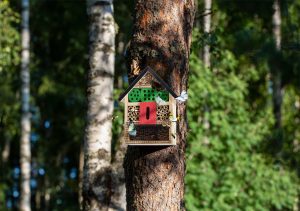
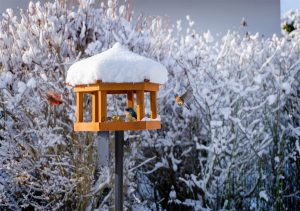
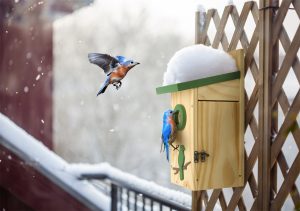
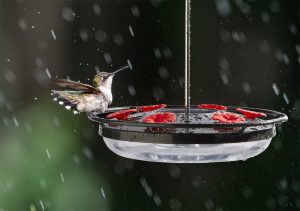
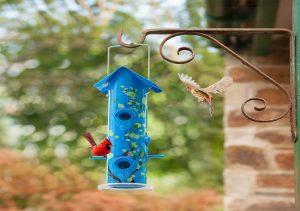
Post Comment